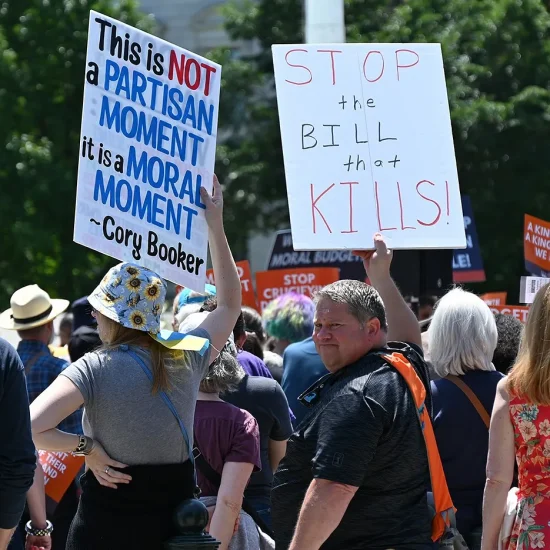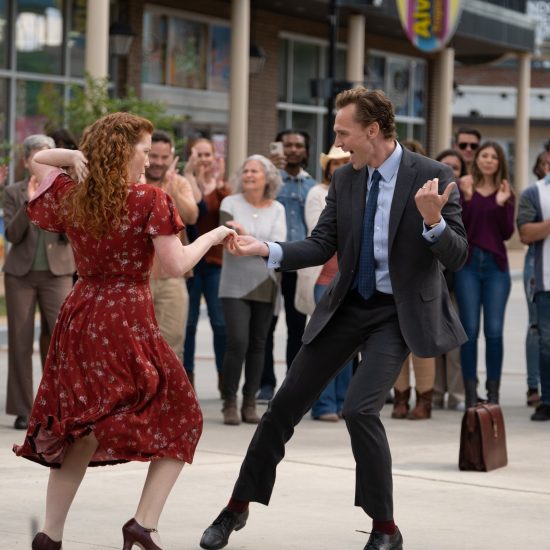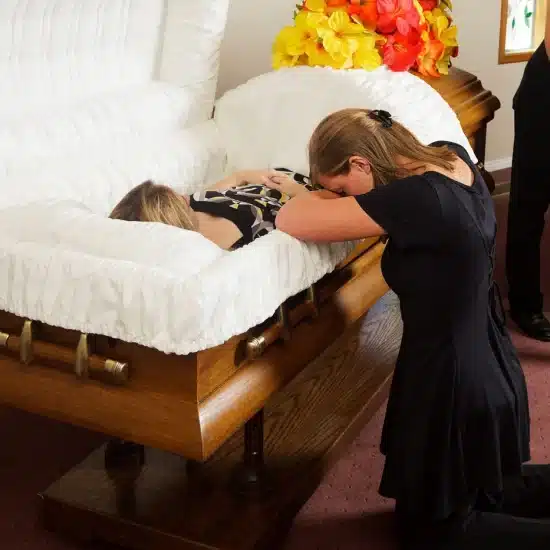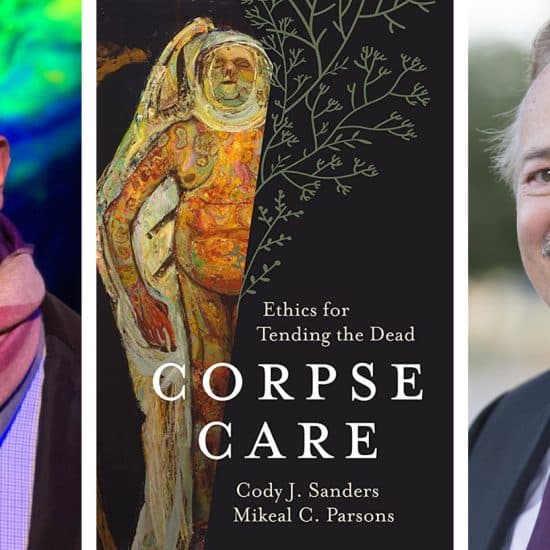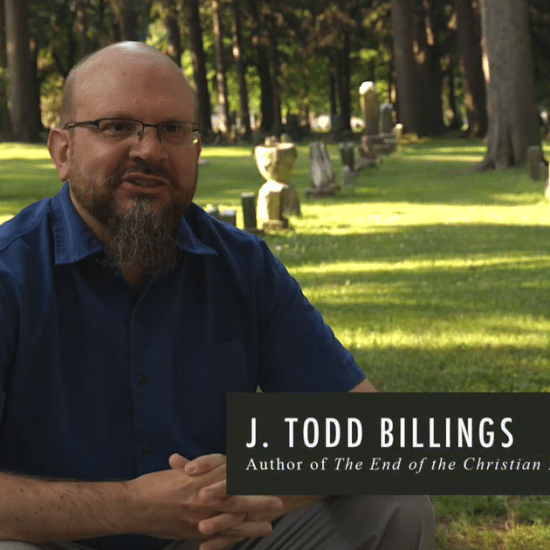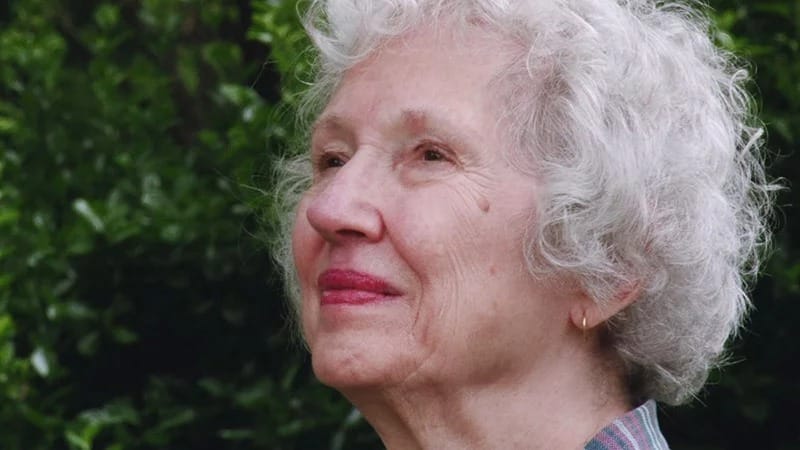 Phyllis Tickle, publisher, religious historian, near-death spokesperson, at her farm in Tennessee: “The near-death experience changed every part of what I was.” Photo by Paul Sanderson/”Into the Night: Portraits of Life and Death”(RNS) Five weeks after she receives her terminal lung cancer diagnosis, Phyllis Tickle is sitting on her porch in Tennessee, talking about death.
Phyllis Tickle, publisher, religious historian, near-death spokesperson, at her farm in Tennessee: “The near-death experience changed every part of what I was.” Photo by Paul Sanderson/”Into the Night: Portraits of Life and Death”(RNS) Five weeks after she receives her terminal lung cancer diagnosis, Phyllis Tickle is sitting on her porch in Tennessee, talking about death.
“I’ve reared my children. I’ve buried my husband. I’ve done the work I think I came to do,” the renowned religious historian says. Then she pauses.
“Now I can go.”
81-year-old Tickle’s body was laid to rest three months later — before her longtime friend Helen Whitney, a veteran filmmaker, could interview her a second time for a documentary project. The two-hour film “Into the Night: Portraits of Life and Death,” which premiered March 26 on PBS, pushes viewers to confront their own mortality.
In the film, Whitney asks nine men and women grappling with death to tell their stories. There’s Tickle, who says a near-death experience while giving birth left her with no fear of death, and mortician Caitlin Doughty, who became a leader in the death salon movement after witnessing a girl fall off a shopping mall escalator and die.
Maajid Nawaz, a former radical Islamist from Britain, believed that martyrdom guaranteed an afterlife in paradise but has since become an activist for Islamic reform and anti-terrorism efforts. Jeffrey Piehler, a Mayo Clinic heart surgeon, was living out the last days of his 12-year battle with prostate cancer when he was filmed.
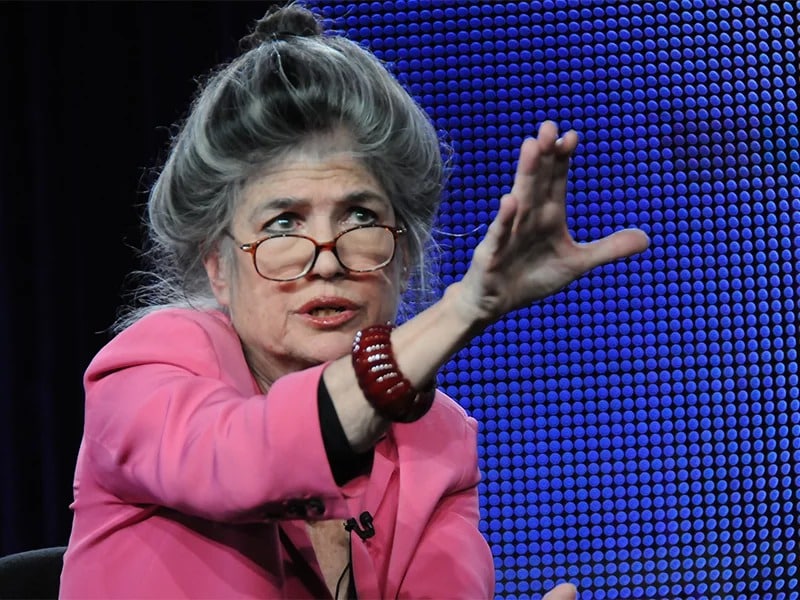 Filmmaker Helen Whitney. Photo by Jake Landis/PBSThese interviews are overlaid with Irish actor Gabriel Byrne’s recitation of the Dylan Thomas poem “Do Not Go Gentle Into That Good Night.” Whitney, an Oscar-nominated and Emmy- and Peabody Award-winning director, admits she had an agenda going into her latest project: As her friends were slowly dying around her, she wanted to learn how to go gracefully into her own night.
Filmmaker Helen Whitney. Photo by Jake Landis/PBSThese interviews are overlaid with Irish actor Gabriel Byrne’s recitation of the Dylan Thomas poem “Do Not Go Gentle Into That Good Night.” Whitney, an Oscar-nominated and Emmy- and Peabody Award-winning director, admits she had an agenda going into her latest project: As her friends were slowly dying around her, she wanted to learn how to go gracefully into her own night.
“I’m at that time of life,” the 74-year-old filmmaker said. “I’m about midway through the journey at the very least. These questions about our mortality and what sustains us press in on all of us at this period.”
They also sit at the heart of most of her work. But making “Into the Night” would allow her to directly ask the question she wanted to stop tiptoeing around: How do you live, and live well, with death in your eye?
In the end, she got a much deeper look than she could have ever expected. Within the time of the film’s production, she lost two good friends. One was Tickle, who suffered from terminal lung cancer.
The other was Ted Winterburn, her best friend and “Into the Night” editor, who was diagnosed with terminal prostate cancer during production. He died while they were reviewing the footage, with both of them still unable to find the words to speak to each other about his impending death.
“Believe me, the irony was not lost on me,” she said. “We were making a film about acknowledging mortality and yet we kept skirting the subject. I think he really ached to talk about it more, but I was so close to him that I stepped back from those conversations.”
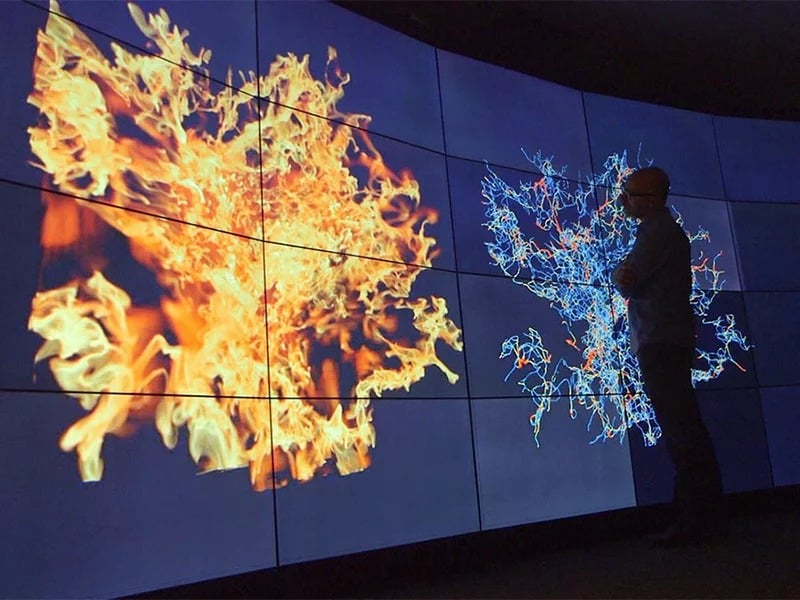 Astrophysicist Adam Frank staring at interstellar gas wombs. “Just because the cosmic drama is large, doesn’t mean my place in it is any less significant.” Photo by Eddie Marritz/”Into the Night: Portraits of Life and Death”In some ways, she said, their hesitance speaks to the power of the film. Despite their intentions and thoughtfulness, they still struggled to have a deep conversation about death and what comes next.
Astrophysicist Adam Frank staring at interstellar gas wombs. “Just because the cosmic drama is large, doesn’t mean my place in it is any less significant.” Photo by Eddie Marritz/”Into the Night: Portraits of Life and Death”In some ways, she said, their hesitance speaks to the power of the film. Despite their intentions and thoughtfulness, they still struggled to have a deep conversation about death and what comes next.
Whitney has been drawn to such existential questions since her youth. The collision of what she called her family’s rational and secular Unitarian background with the more traditional Russian Orthodoxy of others in her wider family circle ensured that.
Then, when she was 11 years old, both of her parents died. “The idea of death, the question of why we must die, came very early to me as a dark shadow,” Whitney told Religion News Service. “I’ve always thought about the power and irrefutability of this fact.â€
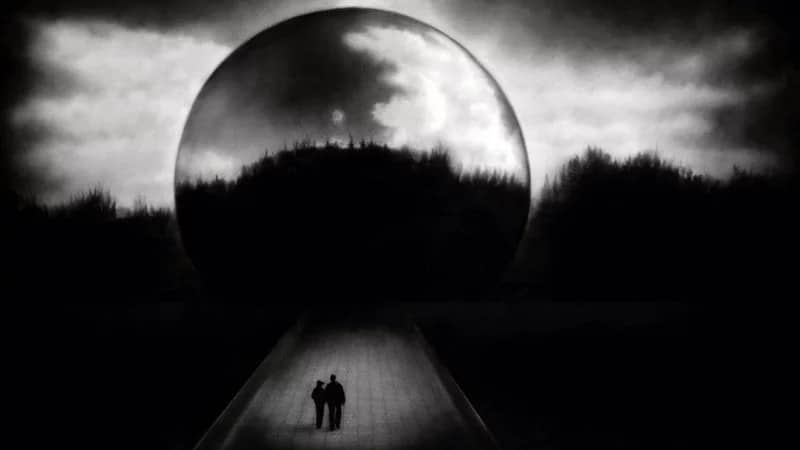 “Into the Night: Portraits of Life and Death” features haunting images of renowned photographer Rocky Schenck. Photo by Rocky Schenck/”Into the Night: Portraits of Life and Death”Her work stands as witness to this spiritual train of thought. In nearly 50 years of making films, she’s produced documentaries about Pope John Paul II, Mormonism, a Trappist monastery, the notion of forgiveness and the spiritual aftermath of the 9/11 terrorist attacks.
“Into the Night: Portraits of Life and Death” features haunting images of renowned photographer Rocky Schenck. Photo by Rocky Schenck/”Into the Night: Portraits of Life and Death”Her work stands as witness to this spiritual train of thought. In nearly 50 years of making films, she’s produced documentaries about Pope John Paul II, Mormonism, a Trappist monastery, the notion of forgiveness and the spiritual aftermath of the 9/11 terrorist attacks.
But for “Into the Night,” she wanted to get right to the point.
“I wanted to talk to people who had moved in the territory where death was visceral and real,” Whitney said. One of those interviewees was the Rev. Vernal Harris, who lost his two sons to sickle cell disease — Paul died at 26, King Solomon at 33 a decade later. Both died in excruciating pain, and Harris felt that loss interrupted his relationship with God.
The night Paul died in 2000, Harris felt he had to go see him before it was too late, even though family and friends were already lined up to visit him in the hospital’s intensive care unit.
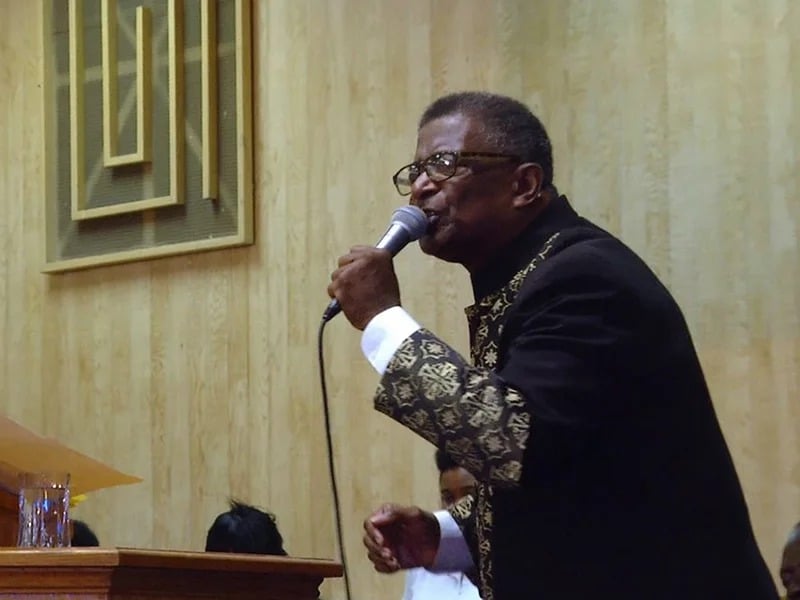 Pastor Vernal Harris preaches to his congregation in upstate New York. Along with wife, Narseary, he struggles with his faith following the loss of their two sons. Photo by Paul Sanderson/”Into the Night: Portraits of Life and Death”When he looked at his son, he felt another urge, he told RNS. “If you really want to go, then it’s OK,” Harris whispered in his son’s ear, then kissed his face. “It’s OK.”
Pastor Vernal Harris preaches to his congregation in upstate New York. Along with wife, Narseary, he struggles with his faith following the loss of their two sons. Photo by Paul Sanderson/”Into the Night: Portraits of Life and Death”When he looked at his son, he felt another urge, he told RNS. “If you really want to go, then it’s OK,” Harris whispered in his son’s ear, then kissed his face. “It’s OK.”
Soon after, when he left the room, a nurse came running out to tell him that Paul was taking his last breath.
The loss left him and his wife sick with grief. “I could not believe that the God I have preached about so, that at a time when I needed him, he left me to bear this by myself,” said Harris, a minister at Prince Of Peace Temple in Buffalo, N.Y.
It took having a dream about Paul, a full year later, before he felt God’s presence in his life again.
“I never tried to pretend it wasn’t going to happen,” Harris said. He already knew death. He had buried his grandparents, mother, father, two sisters, a brother and three uncles.
Burying his own two sons still shook him. “But death has a pain. It has a sorrow, a power, that hits you whether you’ve accepted it or not.”
Now, when he ministers to terminally ill patients and their families, Harris tries to help them accept the inevitability of death. “There’s right, there’s wrong,” he said. “There’s up, there’s down. There’s good, there’s bad. And there’s life, there’s death.”
That’s what Whitney hopes her viewers will take away: the urge to act, to speak, before they no longer can.
“Knowing that we’re going to die, ask those questions now — not when it’s too late,†Whitney said. “I hope people won’t be scared of this film, but instead be reassured by it.”

